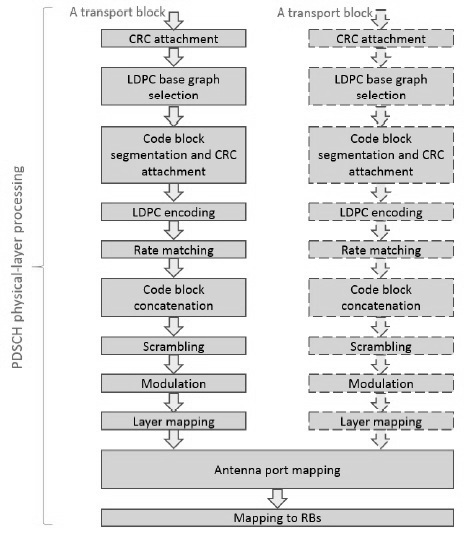OpenRAN based on legacy compute architectures utilizes an excessively high number of CPU cores and energy to support 5G Layer 1 (L1) and other data-centric processing, like security, networking, and storage virtualization, and this leaves very few hosts to compute resources available for the tasks the Server was originally designed to support.
Why 5G Physical Layer 1 (L1) is a big deal?
5G Physical Layer (L1) involves some of the most complex math utilized in any communication system with sophisticated algorithms like Channel Estimation, Modulation, Demodulation, and Forward error correction (FEC) and these functions require huge amounts of specialized network computing in order to maintain the latency requirements and signal integrity for all users in different radio conditions.

So based on the above complex processing for the 5G Physical Layer, There’s a limitation of Open RAN/vRAN on general-purpose processors which offload a small subset of 5G L1 functions, such as forward error correction (FEC), from the host to an external FPGA-based accelerator but execute the processing offline. This kind of offline processing of time-critical L1 functions outside the data path adds latency that degrades system performance.

Solution:
Offloaded a comprehensive set of 5G L1 functions from the host server and accelerated inline in order to enhance RAN virtualization performance, power- and cost-efficiency.
Example: The Open RAN accelerator card eliminates the look-aside approach drawbacks of current vDU solutions with complete layer 1 in-line processing. The Open RAN accelerator card interfaces with the radio unit and processes all layer 1 computations, freeing up valuable server CPU cores and eliminating the need for a fronthaul network interface card (NIC).

Conclusion
As per Dell, The Open RAN accelerator card provides critical functionality to enable more efficient layer 1 processing, including:
- Performs all layer 1 calculations in-line, completely offloading layer 1 calculations from the server CPU.
- Frees up the server CPU to focus on the layer 2 workloads that it is optimized to handle.
- Reduces the server CPU core requirements, helping to reduce power consumption and overall costs.
- Simplifies overall vDU deployments by eliminating the need for a separate fronthaul NIC and GPS timing.
